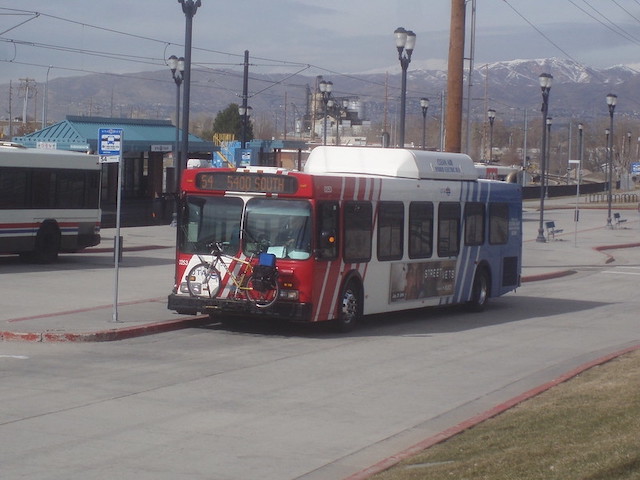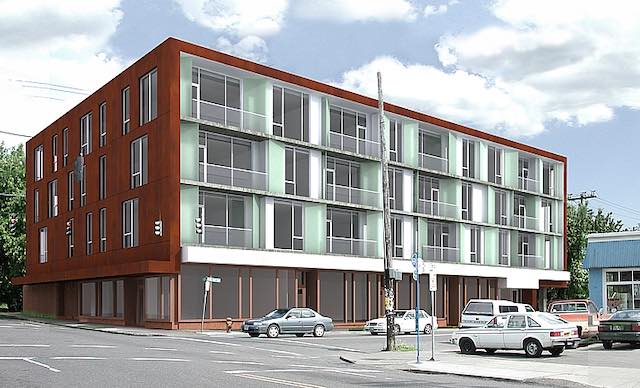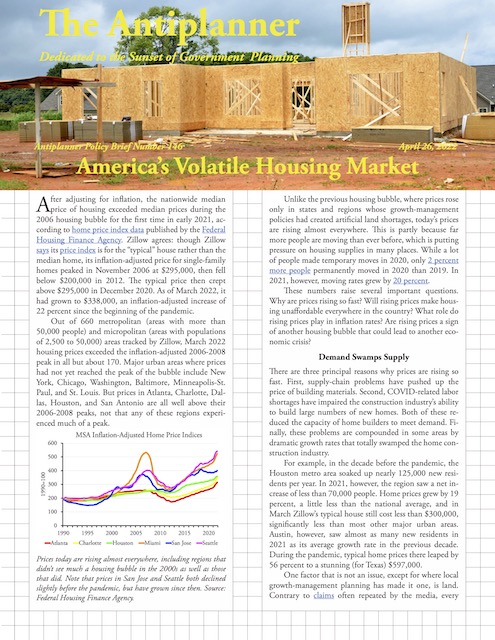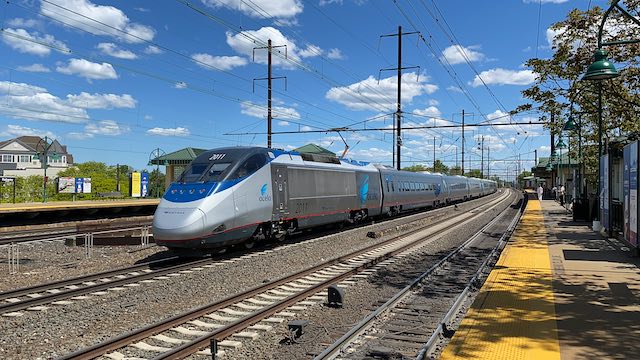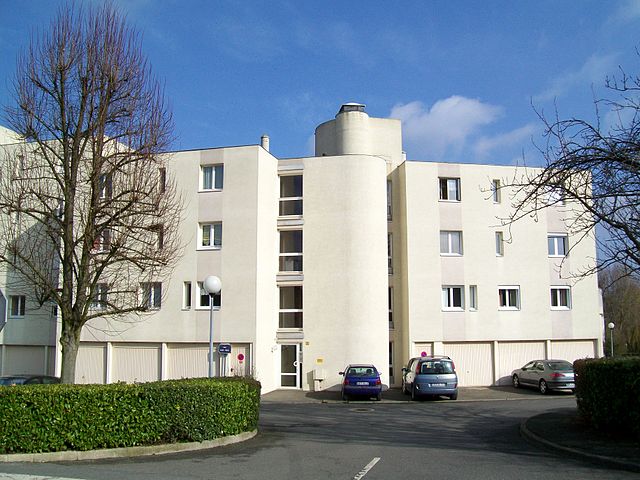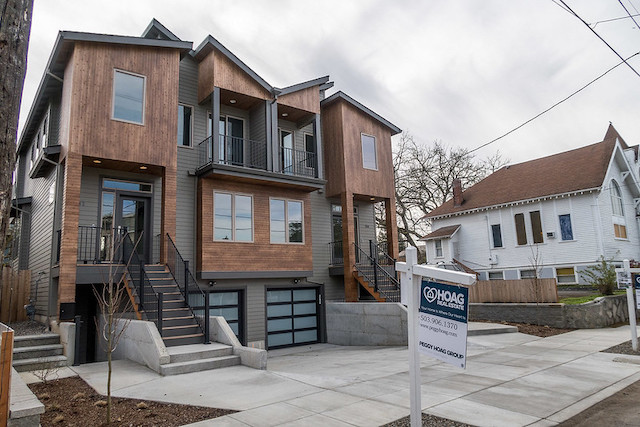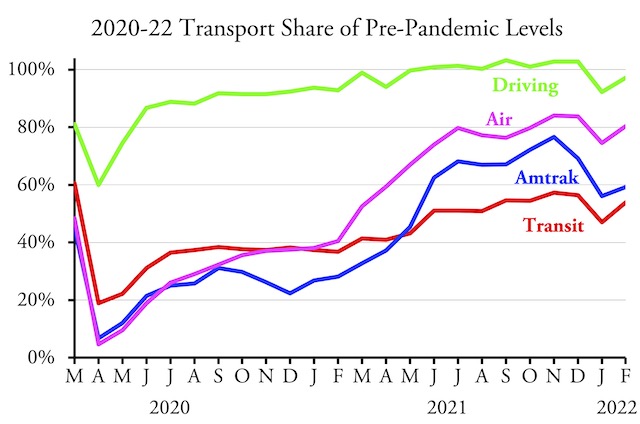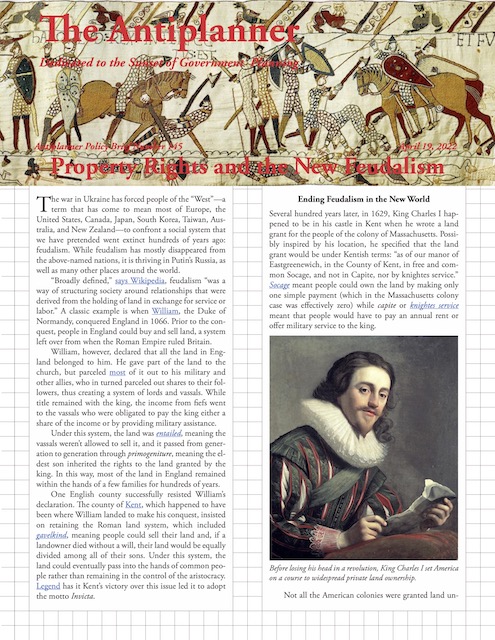The Honolulu Authority for Rapid Transportation (HART) now says it will cost $9.9 billion to not finish its rail project by 2031. As recently as a year ago, HART insisted it would be able to complete the project by 2031, a mere 12 years late. But now it admits that it has a $1.4 billion funding shortfall that will prevent completion.
The rail line was supposed to go from Kapolei, a community of 21,000 people known as Oahu’s “second city,” to Ala Moana Center, Hawaii’s largest shopping mall. Even now, HART’s website claims it is essential for the rail line to go to Ala Moana “because of the Ala Moana Transit Center, which is the City’s largest bus transit center.” Rail passengers would be able to transfer there to buses that could take them to Waikiki, the University of Hawaii, and other destinations. Continue reading

